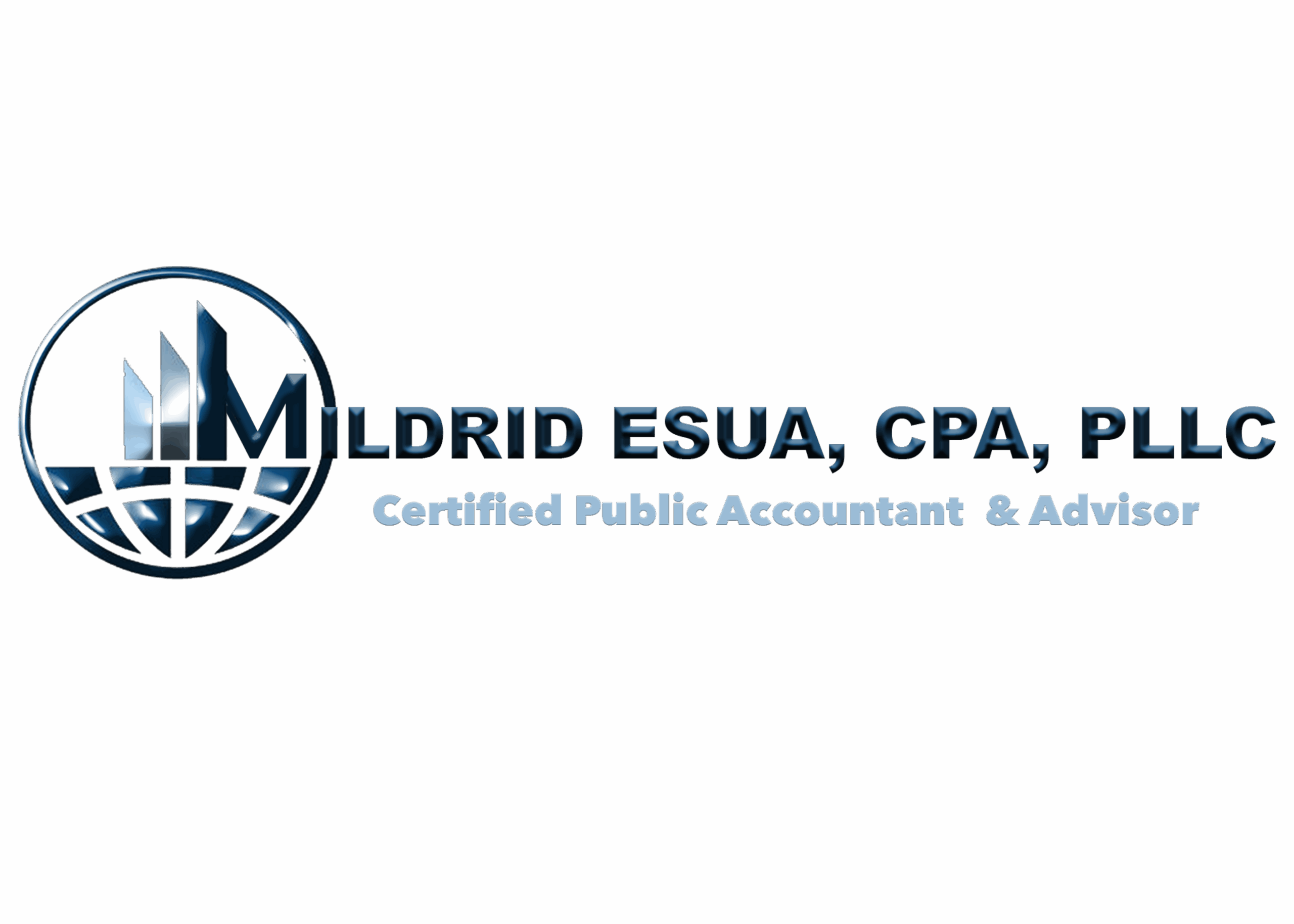A chapter 7 bankruptcy possibility can be used as a tool when negotiating an OIC. When the IRS evaluates the OIC, they will provide their analysis of the ability to pay, which invariably is higher than what the taxpayer has offered. Chapter 7 bankruptcy could be used to demonstrate that, if filed, the IRS will receive less money than their analysis. Thus the preparation of the OIC should weigh the possibility of a chapter 7 bankruptcy.
Alas, all is not easy in the tax world. Not all tax debt is dischargeable. The following three criteria must be met for each tax year for income tax to be eligible for discharge. If any of these are not met, then the tax debt cannot be discharged, and it will survive a chapter 7 filing.
Chapter 13
This bankruptcy proceeding is best for those with ongoing income that is insufficient to address all debts owed with any realistic prospect of ever getting out from under the debt. Unlike the IRS collections statute, which is 10 years, a chapter 13 bankruptcy’s repayment plans are between 3 to 5 years. Further, ongoing interest and penalties are stopped, with the IRS debt “frozen” – it does not continue to mount.
However, with respect to taxes, those that are priority must be paid in full as part of an overall repayment plan – that debt cannot be reduced by the operation of chapter 13 bankruptcy. As is the case with Chapter 7, IRS liens survive bankruptcy. Thus if the taxes involved are mostly priority or lien action was taken, an OIC may be the better option.
Chapter 13 imposes on all creditors the terms they will accept for complete and total satisfaction of the debts. Because of the greatly shortened repayment timeframe, a taxpayer availing himself of a chapter 13 filing will likely come out better compared to an OIC, and certainly better than a conventional installment agreement.

